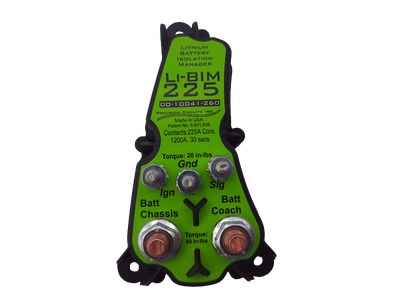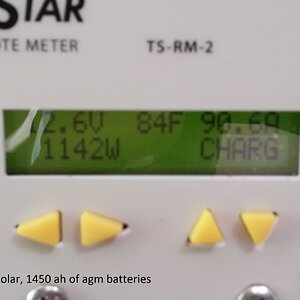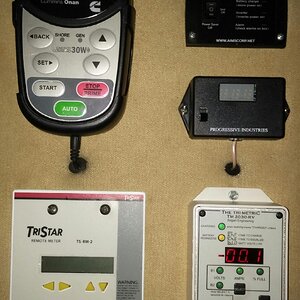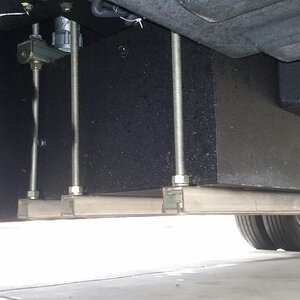Well.....
I have AGMs all around--no lithium & don't plan to.
The house batteries are group 27 deep cycles, but when they die, I'll attempt to go group 31s.
I have no clue of the Ford E450 alternator's output.
I also have no solar.
Between alternator, generator, converter, inverter, and good ol' common sense, I'm sufficiently covered, I think.
My only boondocking I have done & plan on doing is overnights behind Cracker Barrels.
All in all, I still see no use for a DC-DC charger unless I missed some important aspect.
Thanks all for an explanation that is still a tad confusing, but "ignorance is bliss", so they say.














